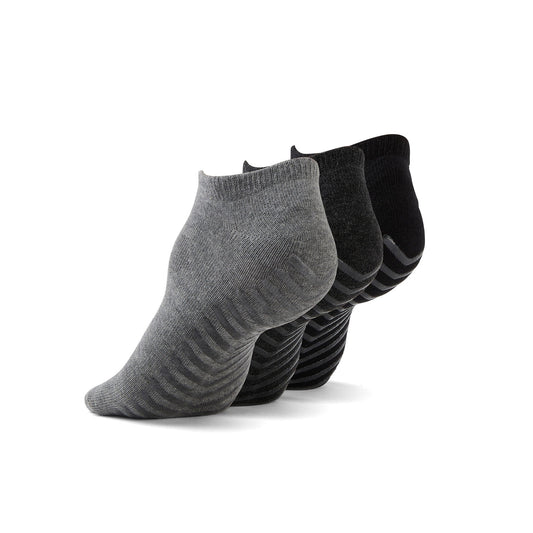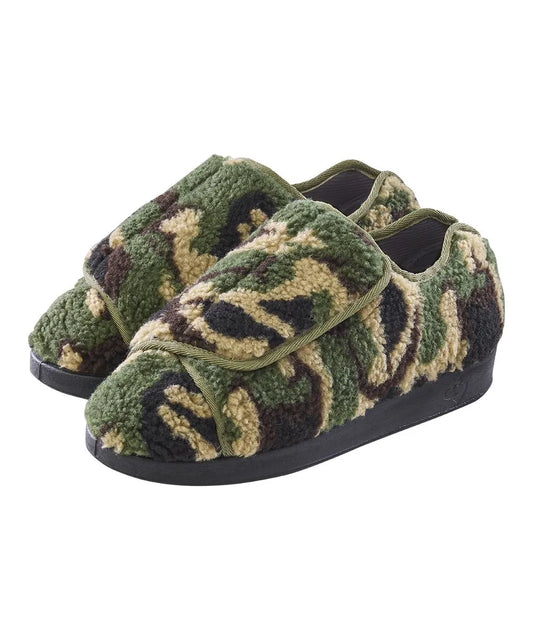Written by Amrita Dhaliwal & Reviewed by Gurnoor Mand
Patients who have diabetes frequently experience complications with their feet. This is because the nerves and blood arteries in the feet might get damaged over time if someone has high blood sugar. Given that diabetic neuropathy is a huge issue in nerve damage caused by diabetes, the feet and legs are often the parts of the body that undergo the most issues. These issues can include foot ulcers, numbness, tingling, aching, or loss of sensation, to name a few. However, these issues can be mitigated and even prevented with daily care. In this blog, we will provide a few simple tips that will help you protect your feet.
Tip 1 - Consult Your Doctor
If you have diabetes, one of the most fundamental starting tips for protecting your feet is to talk to your doctor about whether or not nerve damage is taking place. If it is, they can provide you with suggestions around whether or not there are any medications that you could begin taking to alleviate and prevent the symptoms and pains that are associated with this condition. Also, anytime you see your doctor, ensure they take some time to inspect your feet. It is recommended that you should see a foot doctor once a year (or more often if you have nerve damage) for a comprehensive evaluation. This exam will involve a test to determine whether or not your feet have sensation and will also evaluate your blood flow.
Tip 2 - Check Your Feet Daily
Ensure that you are inspecting your feet on a daily basis for any changes to the skin or nails. This should include checking for any cuts, redness, swelling, ulcers, blisters, corns, and calluses. If you are unable to view the soles of your feet, either find a mirror to make visibility easier or ask a member of your family for assistance. Again, you can alway consult your doctor about regular foot upkeep and to check for any further signs of injury.
Tip 3 - Warm Water Therapy
In order to relieve pain, warm water therapy can be a very helpful and calming remedy. Soaking your feet in warm water each day will help maintain a good flow and provide a calming feeling to pained feet. After thoroughly drying your feet, you should apply lotion to the top and bottom of each foot, but avoid the space between your toes, as this might cause infection.
Tip 4 - Wear Shoes Inside And Out
Another tip is to ensure that you never go anywhere without shoes. While it may seem bizarre to some, wearing shoes indoors is very helpful. This will help you constantly protect your feet by donning shoes and socks or slippers. Moreover, it is important to inspect the inside of your shoes often to make sure that are functional, the lining is smooth and they do not contain any stones or other debris that make cause issues to your feet.
Tip 5 - Find The Right Fit And The Right Shoe
Another tip is to wear orthopedic footwear, which will provide extra, sustained support for diabetic feet. Also, ensure that the shoes you wear are a good fit for you. Try on new shoes towards the end of the day, when your feet are likely to be at their biggest, for the most accurate fit possible. Start off by wearing your new shoes for only an hour or two each day until they reach the point where they are perfectly comfy for you. Always be sure to wear socks whenever you wear shoes.
Tip 6 - Keep It Short
It is very important to keep your toenails at a manageable length. Trim your toenails in a straight across motion, and then use a nail file to gently round out any jagged edges. If you are unable to see or reach your feet, it is best to consult a podiatrist who will be able to help you with this and ensure that you are maintaining the area.
Tip 7 - Get Help First
It is not a good idea to remove corns or calluses on your own, and it is particularly not a good idea to use items that you can buy over the counter to remove them since these products might burn your skin. Instead, consult your doctor if you believe you may have one. They will be able to remove the corns and calluses in a sanitary and pain-free manner.
Tip 8 - Keep It Flowing
With diabetic feet, it is super important to keep the blood moving and maintain a steady flow. When in a seated position, this can be hard maintain so instead, while you're sitting down, prop your feet up on a footrest, and be sure to wiggle your toes for a few minutes many times during the day.
Tip 9 - Stay Active In A Pain Free Way
Pick activities that are easier on your feet, such as walking, riding a bike, or swimming. Talk to your primary care provider about the kinds of activities that are safe for you to participate in as well as those that you should steer clear of. Here are a few exercises to try out today!
|
Exercise |
Good for… |
|
Figure Eights |
Range of motion |
|
Toe Curls |
Strengthening |
|
Single Leg Lifts |
Balance and flexibility |
At the end of the day, your feet, while sometimes overlooked, are extremely important to look after, especially as a diabetic patient. A good majority of diabetics are able to avoid developing significant foot issues as a result of daily upkeep, good foot hygiene, and regular doctor's visits. With these tips, you can mitigate and prevent further damage and your feet will thank you!
















1 comment
My uncle started feeling numbness and tingling in his feet, so he’s been worrying about it since he has been diagnosed with diabetes a few months ago. I found your tip useful when you told us that it is important to keep the blood flowing steadily when it comes to diabetic feet, which is why we should prop up our feet on a footrest whenever we are sitting or wiggle our toes for a few minutes many times during the day. I’ll be sure to share this with my uncle while I help him find a podiatrist for his diabetic foot care soon. https://www.beenleighpodiatry.com.au/diabetic-treatments